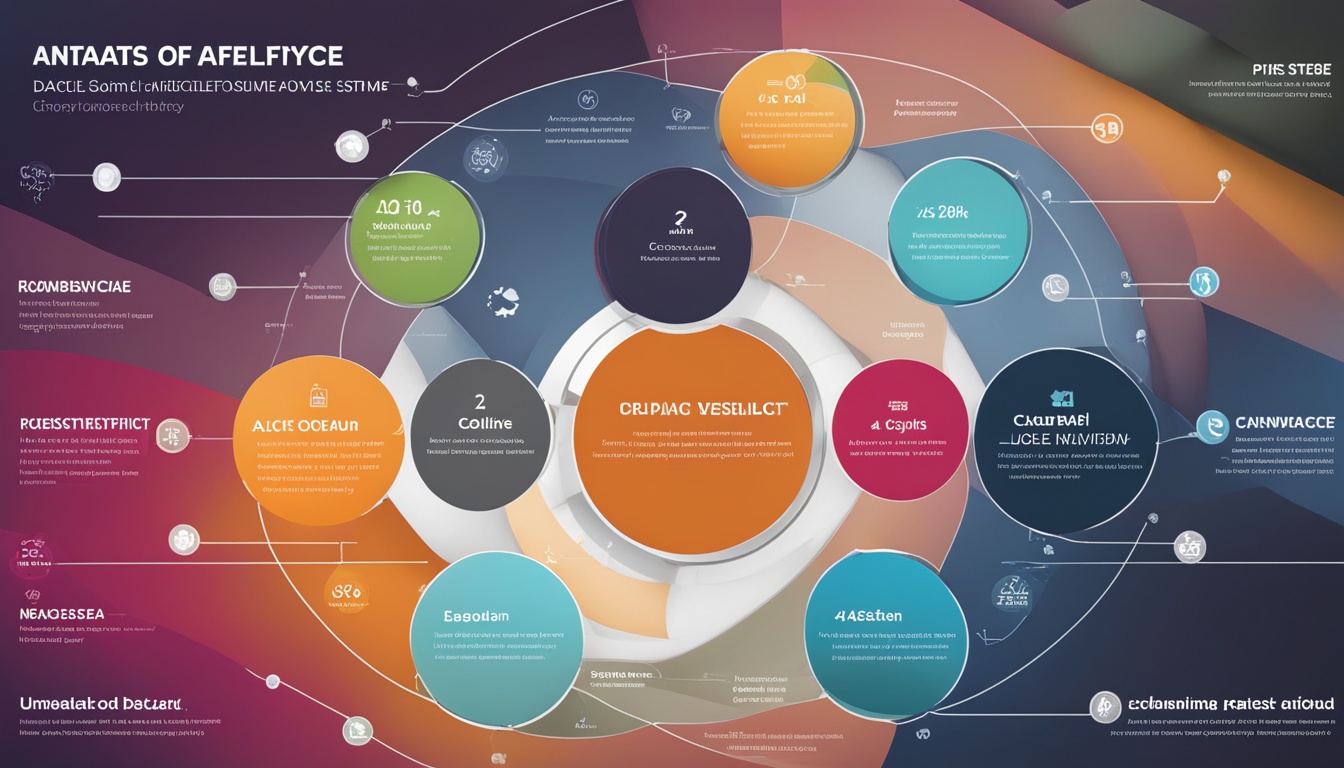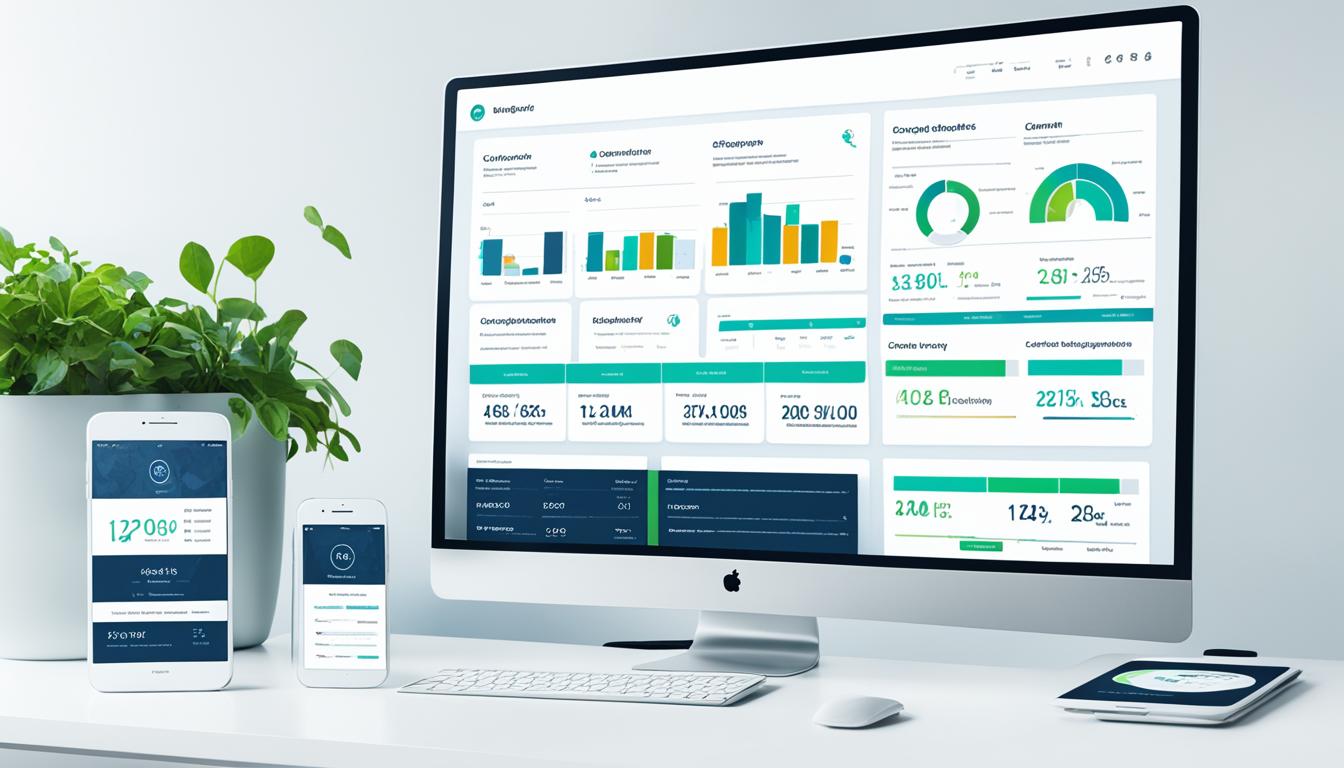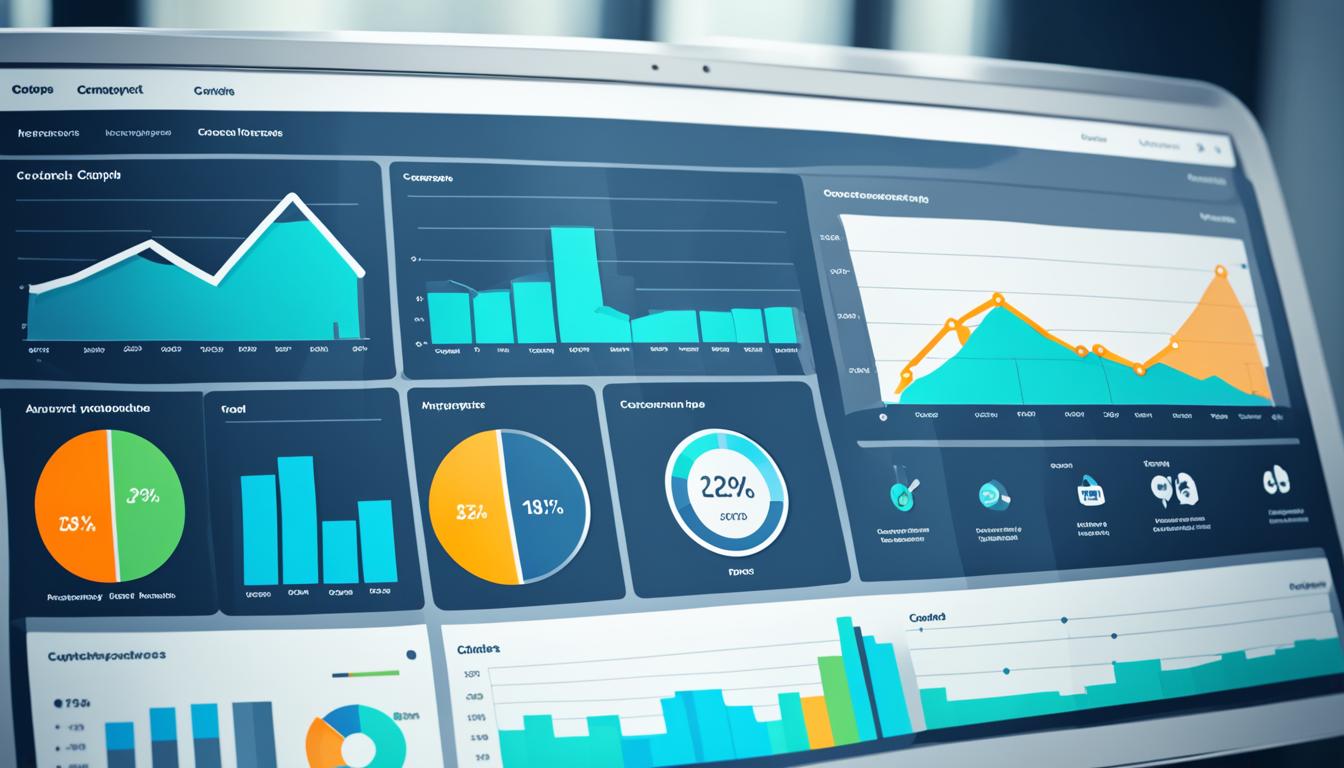Impact Cycle Data Analytics for In depth Analysis and Insights into Business Performance
Impact cycle data analytics helps businesses dive deep into their performance. It lets them make smart, informed decisions for getting better. They use special tools to measure how well they’re doing and what changes they need to make. This article digs into the steps of this process and how it shines a light on business success.
Key Takeaways:
- Impact cycle data analytics enables businesses to gain deep insights into their performance.
- By using impact measurement tools and data analysis techniques, businesses can evaluate their impact and assess performance metrics.
- Creating an impact evaluation framework allows businesses to make data-driven decisions for strategic growth.
- The stages of impact cycle data analytics will be explored in this article to provide a comprehensive understanding of the methodology.
- Understanding how to apply impact assessment techniques can help businesses optimize their operations and achieve sustainable success.
Understanding the Data Analytics Lifecycle
The data analytics lifecycle is a roadmap for data scientists. It leads them through analyzing data. It has six key phases, each crucial in its own way:
- Data discovery and formation: Here, experts figure out what the analysis needs. They decide on necessary data and how to gather it.
- Data preparation and processing: Data gets collected then cleaned and processed. This ensures the data is ready for analysis.
- Model design: The team builds a model focused on their analysis goals. They use the best algorithms and techniques to understand the data.
- Data analysis and insights generation: Next, they dive into the data for insights. They use tools for statistics and visualization to pull out useful information.
- Interpretation and decision-making: Insights are then interpreted and shared with teams. Everyone works together to decide which steps to take next based on the findings.
- Strategy formulation and execution: Finally, a data-driven strategy is formed and put into action.
This systematic approach ensures thorough and action-ready data analysis. It informs strategic decisions and spurs growth.
Using the data analytics lifecycle calls for solid knowledge of data analytics’ ins and outs. It means putting to work various tools and methods to analyze data at every stage. This framework helps companies fully utilize their data, understanding their business, clients, and the market better.

Types of Data Analytics
Data analytics is crucial for smart decision-making. It’s broken down into types, each with its own use and perks. Businesses can pick the right type to match their needs exactly.
Descriptive Analytics
Descriptive analytics looks at and shows past data. It answers questions like what and how many. This type summarizes data clearly, making past events easy to understand. By spotting trends or oddities, it helps in decision-making.
Diagnostic Analytics
Diagnostic analytics goes further than descriptive. It looks into why certain events occurred by finding patterns. By figuring out the reasons behind things, businesses get to the heart of past problems or successes.
Predictive Analytics
Predictive analytics uses past data to predict the future. It makes future event forecasts based on past patterns. This lets businesses get ahead, foreseeing market trends and risks.
Prescriptive Analytics
Prescriptive analytics moves from predicting to recommending actions. It uses simulations and models to suggest the best course. By merging data analysis with specific goals, it helps businesses achieve more.

Each analytics type gives businesses a unique advantage. From learning from the past to foreseeing the future and suggesting actions, data analytics is a powerful tool. It’s through these methods that companies can outperform, make smarter choices, and grow.
Phases of the Data Analytics Lifecycle
The data analytics lifecycle has six key phases to go through for detailed analysis. Each step is crucial for making sure the results are on point and useful.
Data Discovery and Formation
At the start, businesses pinpoint what they want to find out. They choose the needed data sources and grasp their data’s context. Without setting clear objectives, moving forward becomes tough.
Data Preparation and Processing
After figuring out the goals and data sources, data collection begins. The data is then cleaned up and checked for accuracy. Good data quality now leads to better insights later.
Model Design
In this stage, experts create models and algorithms. They use the data prepared earlier to hit the set goals. This step is about finding useful patterns in the data.
Data Analysis and Insights Generation

Analyzing the data comes next. This step uses tools and techniques to explore insights. Identifying trends and patterns helps with future actions.
Interpretation and Decision-Making
“Data analysis is worthless if the insights are not properly interpreted and understood.”
Turning the findings into decisions is vital. Data experts and teams work together for this. They ensure that insights are practically turned into actions.
Strategy Formulation and Execution
Finally, the goal is to develop strategies from decisions made earlier. Plans are crafted, targets set, and KPIs decided. This strategy then guides business actions towards success.
The journey through these steps is critical. It ensures data use is thorough and goal-oriented. With effort in each phase, the full power of data can be tapped for business growth.
Implementing the Data-Driven Growth Cycle
The data-driven growth cycle helps businesses use data analytics for success. It has key stages like data collection, analysis, strategy design, and optimization.
At first, businesses gather data from different places. Then they mix it all together. This makes sure the data is complete and shows what the business is really doing.
After gathering data, it’s time to analyze it. Companies use special tools to find patterns and make sense of the information. This gives them smart ideas for making choices.
Next, companies make plans based on what they learned. These strategies aim to boost the business. They use findings from data to make the best calls.
The last step is about keeping an eye on things. Companies regularly check how their plans are doing. They tweak them to work even better. This helps the business keep growing and changing when needed.
Following this cycle, companies can get lots of helpful insights from data. They can make smart moves and see real changes in their business. It shows how looking at lots of data, making plans, and then watching how they work can lead to success.
Approach to Implementing the Data-Driven Growth Cycle
To grow using data, businesses need a clear plan. They should follow certain steps to make the most of data analytics. This helps boost growth, spur on innovation, and stay ahead of the competition.
Define Clear Objectives
Starting off, businesses should set clear goals. These goals guide the entire process. They help keep businesses on track and check their progress.
Identify Relevant Data Sources
The next step is to find data that can provide useful insights. This data might be from customers, market studies, social media, or industry reports.
Implement Data Integration
After finding the data, it’s time to bring it all together. Data integration connects the dots and gives a full picture. This way, businesses can analyze everything together and find deeper insights.
Choose Analytics Tools
Choosing the best tools to analyze data is key. From powerful business intelligence to cutting-edge AI, many options are available. It’s important to pick tools that fit the business’s needs.
Perform Data Analysis
Analysing data is at the core of this cycle. It means looking at the data to find trends and connections. With solid analysis, businesses make smarter decisions.
Collaborate Across Teams
Teamwork is crucial for a data-driven strategy to work. Bringing together data experts, business leaders, and industry specialists is a must. It allows businesses to use everyone’s skills to turn insights into action.
Develop Actionable Strategies
Next, use the insights to plan specific steps. These steps must be clear, possible, relevant, and have a deadline. Such strategies make sure the business is moving in the right direction.
Execute, Monitor, and Iterate
Putting these plans into action is vital. Businesses must then keep an eye on how things are going. Constant monitoring helps tweak and improve strategies over time.
Following these steps unleashes the true power of data. By setting clear goals, finding the right data, merging it together, using good tools, analyzing carefully, working in teams, planning solid actions, and then, making those plans happen while continuously improving – businesses can make sharper decisions. This leads to real growth, sparks new ideas, and keeps them in the lead.

Benefits of Impact Cycle Data Analytics
Impact cycle data analytics offers many advantages for businesses.
Firstly, it lets companies dig deep into their performance. Using special tools, they can spot what’s working and what’s not. This helps them figure out how to get better. They base their big decisions on solid facts, aiming for smarter growth.
Also, impact cycle data analytics helps keep track of how well a business is doing. By keeping an eye on key numbers, they can see their growth and find patterns. Then, they can choose the best ways to keep doing well.
Using data to make choices is a big plus of this system. Companies can steer clear of just guessing by using real info. This way, they make better, on-target moves that boost their success.
But perhaps, the best thing is the useful advice it gives. By studying data and trends, companies get tips they can use right away. This helps them run smoother and smarter, which is key in a tough market.
So, all in all, impact cycle data analytics is a powerful tool. It helps businesses really know their game, choose wisely, and grow strong. With this kind of insight and tracking, they can reach new heights.
Image related to benefits of impact cycle data analytics:

Conclusion
Impact cycle data analytics is a powerful methodology for businesses. It can significantly boost a company’s performance and growth. By following a structured framework and utilizing data, firms can unleash their data’s full potential. They can gain deep insights into their performance and make strategic decisions based on data.
Using tools to measure impact and analyzing performance metrics can spark innovation in companies. This process helps optimize how they work and aims for lasting success in a data-driven world. Data can showcase where businesses need to improve and where opportunities for growth lie. Making decisions based on this data keeps companies ahead and supports growth strategies.
In conclusion, impact cycle data analytics is key for businesses looking to better their operations and grow strategically. By using data for key insights and decisions, companies can pave the way for sustained success. This is essential in the fiercely competitive market we face today.




